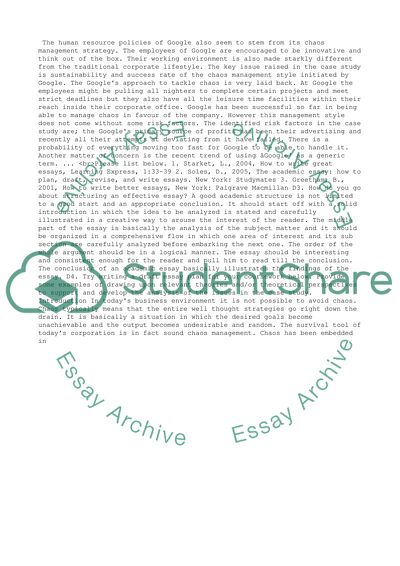Cite this document
(“The twentieth century modern take on the chaos management Essay”, n.d.)
Retrieved from https://studentshare.org/business/1393008-organisations-design-approaches-and-applications
Retrieved from https://studentshare.org/business/1393008-organisations-design-approaches-and-applications
(The Twentieth Century Modern Take on the Chaos Management Essay)
https://studentshare.org/business/1393008-organisations-design-approaches-and-applications.
https://studentshare.org/business/1393008-organisations-design-approaches-and-applications.
“The Twentieth Century Modern Take on the Chaos Management Essay”, n.d. https://studentshare.org/business/1393008-organisations-design-approaches-and-applications.


